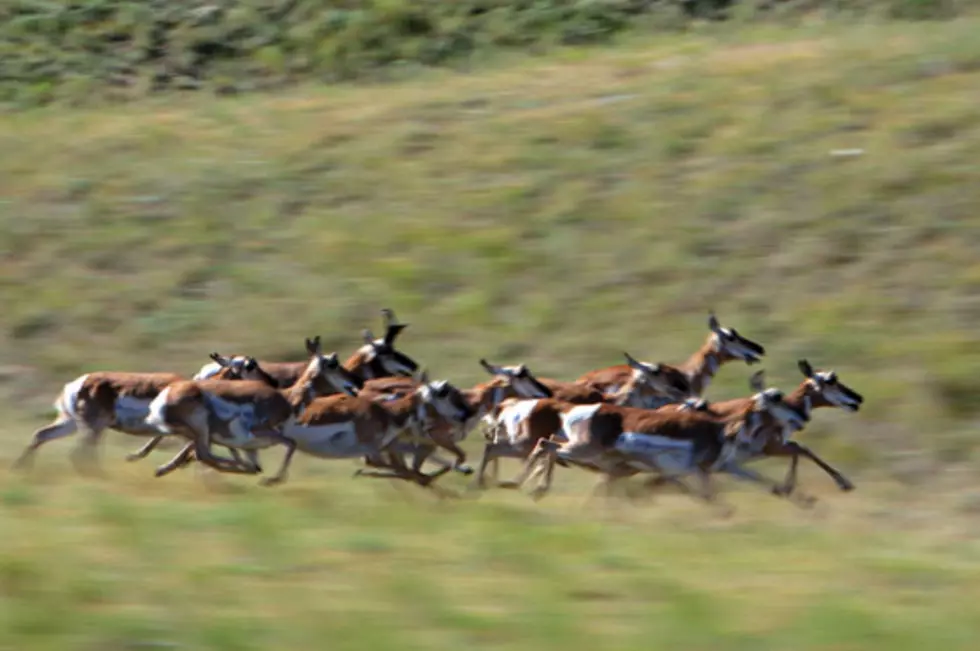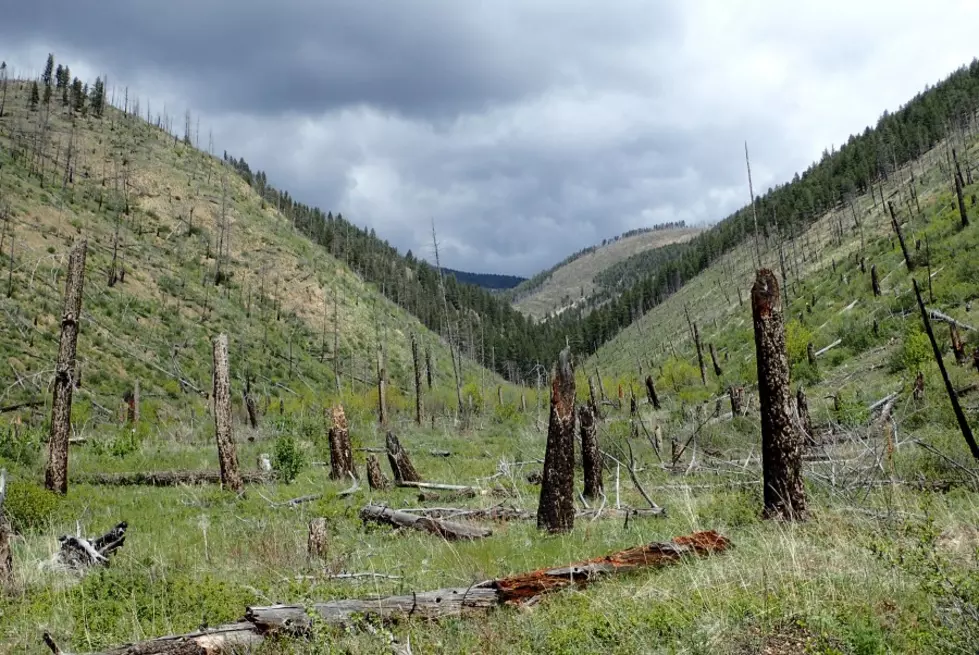
Secretary Zinke Announces $300,000 Grant to Study Pronghorn Migration in Southwestern Montana
WASHINGTON - U.S. Secretary of the Interior Ryan Zinke has announced a $300,000 research grant to study migration corridors of pronghorn antelope in Montana. The funding comes as a result of Secretarial Order 3362, which aims to improve the Federal government's collaboration with the states to enhance and improve the quality of big-game winter range and migration corridor habitat.
“We asked 11 western states to provide their number one research priority for identifying migration corridors and for Montana, learning more about pronghorn in the Madison was a top issue," said Secretary Ryan Zinke. “By funding their number one priority, this grant will allow Montana Fish, Wildlife and Parks to conduct research to understand how pronghorn move and migrate within the Madison Valley. Once we can scientifically establish or better define the migration routes, it will allow us to work in partnership and use the best science and innovation to conserve the important corridors on which game populations rely.”
As a result of Secretarial Order 3362 and funding provided by the U.S. Fish and Wildlife Service Science Applications program, Montana Fish, Wildlife and Parks will capture and radio collar 40 adult pronghorn in the Madison Valley. The collars will be satellite-linked to allow location and mortality data to be collected remotely. After collecting at least two years of data, they will delineate seasonal ranges and migratory corridors to improve the management of the species, inform land use planning decisions, and ensure the long-term conservation of the population and its critical seasonal ranges and migratory corridors.
“Montana Fish, Wildlife and Parks has a long tradition of conserving critical seasonal habitat necessary to sustain big game species, with nearly 400,000 acres of wildlife management areas and 450,000 acres under conservation easement. In order for wildlife to persevere in the future, we now need to also conserve the migration routes that wildlife use to move between seasonal habitats," said Martha Williams, Director of Montana Fish, Wildlife &Parks. “Secretarial Order 3362 renews our focus on this issue and provides Montana with the funding necessary to conduct important research on the Madison Valley pronghorn migration, providing critical information to better manage this population for the benefit of future generations.”
The Madison Valley in southwest Montana is known for its large wintering elk herds and famous Madison River trout fishery, but it is also very important to pronghorn. Madison Valley supports one of the largest wintering populations of pronghorn in southwest Montana with counts of over 2,400 individuals, and at least 1,200 of these individuals are seasonal migrants. Little is known about their migratory movements and seasonal ranges, so there is strong local community and agency interest in developing a better understanding of this pronghorn herd. The migratory segment of the pronghorn herd may travel into Yellowstone National Park, the Centennial Valley were Red Rocks Lakes National Wildlife Refuge is located, and/or into the Henry’s Lake Basin in Idaho. Without science on the migration movements of this herd, it remains unclear if pronghorn movement is challenged by fences, highways, or other factors. Additionally, it remains unclear where the most important stopover areas are for these migrants or where they spend their summer months. Understanding pronghorn seasonal ranges and migratory corridors will allow public land management agencies and private landowners to help protect and improve migratory corridors and seasonal habitats through management decisions and project planning.
The pronghorn is uniquely North American and symbolizes the deserts, prairies and sage-steppe lands west of the Mississippi River. They are the fastest hooved land mammal on our continent and represent the only surviving member of its family (Antilocapridae) that evolved in North American over the past 20 million years. Understanding their behaviors and habitat needs across the land they inhabit is critically important to ensure their populations remain vibrant and persist over the long-term.
More From K96 FM



![Oak Ridge Boys Honor George H.W. Bush With ‘Amazing Grace’ Funeral Performance [WATCH]](http://townsquare.media/site/623/files/2018/12/oak-ridge-boys.jpg?w=980&q=75)


![‘CMA Country Christmas’ 2018: See the Most Magical Moments [PICTURES]](http://townsquare.media/site/623/files/2018/12/cma-christmas.jpg?w=980&q=75)
